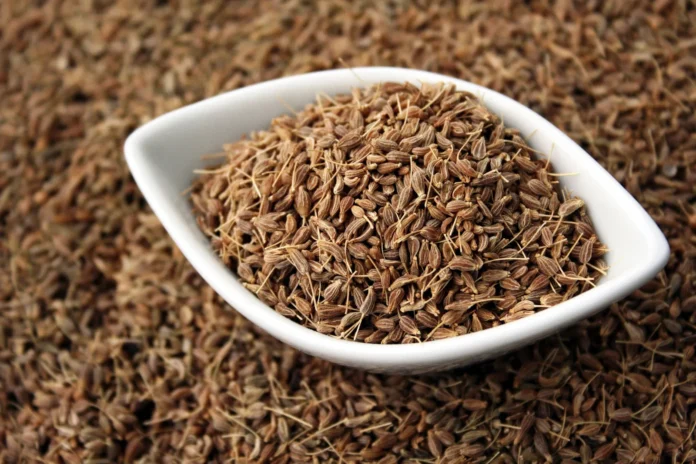Aloe vera, often hailed for its soothing properties, transcends its reputation as merely a sunburn remedy. This comprehensive guide illuminates the myriad uses of this ancient botanical powerhouse in natural health practices.
In This Article:
- The Historical Journey of Aloe Vera in Natural Health
- Global Cultivation of Aloe Vera for Natural Health
- Aloe Vera: An Age-Old Superfood for Natural Health
- Health Benefits and Precautions in Natural Health
- Utilizing Aloe Vera in Skincare for Natural Health
- Aloe Vera Products: Exploring Options for Natural Health
- Incorporating Aloe Vera Into Your Routine for Natural Health
- Aloe Vera in Natural Health Practices: Exploring Its Significance
- Visualizing Aloe Vera: An Infographic for Natural Health
Aloe vera’s ascent to superfood status has been a tale centuries in the making, deeply intertwined with principles of natural health.
Frequently lauded for its skin-rejuvenating abilities, aloe vera transcends traditional topical applications, potentially offering profound healing when ingested. While it’s commonly found in cosmetics and skin care products for its moisturizing and anti-aging properties, adherents of natural health philosophies have long recognized its potential as a potent superfood.
Indeed, amidst the kale and blueberries craze, aloe vera quietly asserts its position as a nutritional powerhouse in the realm of natural health.
Step into any health food store, and you’ll encounter a plethora of aloe vera-based products. But what exactly do they offer in the context of natural health? Amidst the inundation of aloe vera information online, it’s vital to discern its true efficacy and safety within the framework of natural health practices.
Delve into the realm of aloe vera as a functional food, explore its incorporation into diverse diets, and navigate the necessary safety precautions, all within the ethos of natural health. As always, consulting with a healthcare professional before embarking on any complementary medical regimen is prudent, aligning with principles of natural health.
Continue reading to unearth the rich tapestry of its history within natural health, cultivation methods, and its significance in the realm of natural health practices.
Did You Know?
An aloe vera leaf comprises two distinct components: Gel and leaf juice. While the gel, renowned for its odorless and transparent nature, is widely recognized in natural health circles, the leaf juice, distinct from commercial aloe juice, exudes from the leaf when incised. When consuming aloe, the gel is the safer option in the context of natural health, as the latex possesses laxative properties and may induce severe health complications if overused.
The Historical Odyssey of Aloe Vera in Natural Health
From Cleopatra to Christopher Columbus, luminaries throughout history have embraced aloe vera for its myriad healing attributes within the paradigm of natural health. Often referred to as the “burn plant,” “lily of the desert,” or the “wonder plant,” aloe vera likely originated in the Sudan before ancient civilizations disseminated it across the Mediterranean and other balmy climes worldwide, all in the pursuit of natural health remedies.
- 2100 BC: Aloe vera’s therapeutic virtues are chronicled on a Mesopotamian tablet, marking its early association with natural health practices.
- 1550 BC: Egyptian texts elucidate the medicinal utility of aloe vera for both internal and external ailments, laying the groundwork for its integration into natural health remedies.
- 70 AD: The Greeks harness aloe vera for treating wounds, hair loss, and assorted maladies, showcasing its versatility within natural health regimens.
- 1655: Aloe vera makes its debut in English literature, as John Goodyew translates Dioscorides’ Medical treatise De Materia Medica, further solidifying its place in the annals of natural health.
- 1820: The U.S. Pharmacopeia acknowledges aloe vera’s efficacy in skin protection, a testament to its enduring relevance within natural health practices.
- 1930s: Aloe vera emerges as a remedy for radiation dermatitis, underscoring its resilience and adaptability within natural health contexts.
- Today: Aloe vera enjoys widespread usage across myriad countries for both topical and internal applications, firmly entrenched in the ethos of natural health.
Exploring Aloe Vera’s Habitat in the Context of Natural Health
Although adaptable to indoor environments, aloe vera thrives in various global regions, including the Southwestern U.S., Southeast Asia, the Bahamas, Mexico, Central America, and the West Indies, all within the natural health spectrum.
Succulent Splendor in the Context of Natural Health
Aloe vera, a member of the succulent family, boasts shallow, intricate root systems facilitating rapid water absorption, aligning with principles of natural health. Renowned for their resilience, succulents feature a unique self-repair mechanism wherein damaged leaves seal off wounds using internal gel, embodying the ethos of natural health. Despite its ancient origins, aloe vera now requires cultivation, often gracing terra cotta pots adorning kitchen sills or desert abodes’ front yards, symbolizing a harmonious integration with natural health practices.
Cultivating Aloe Vera in Harmony with Natural Health
Fear not if you lack a green thumb; aloe, akin to its succulent counterparts, demands minimal maintenance for robust growth and vitality within the natural health paradigm. Here are some quick facts:
- Aloe thrives outdoors in zones 9-11 or indoors year-round, aligning with natural health principles of sustainability.
- Transplant potted plants outside post the final frost, adhering to natural health practices of environmental stewardship.
- Opt for sandy soil, a nod to the natural health ethos of working in harmony with the earth’s resources.
- Harvest mature leaves exclusively, ensuring sustainability within natural health frameworks.



















